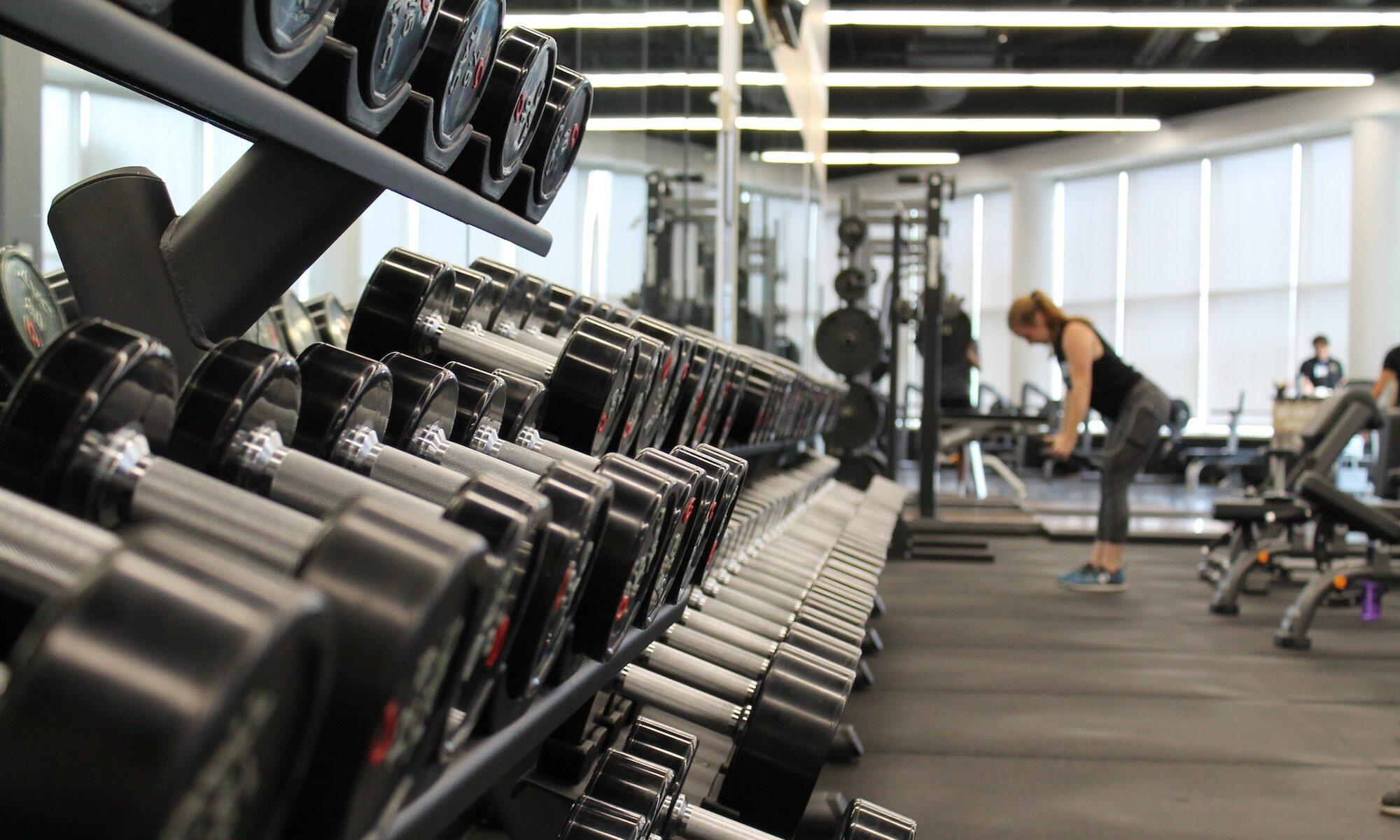Unlock your full potential with isometric workouts. Discover the benefits of increased strength, improved joint stability, enhanced muscular endurance, and calorie burning. Find out how to incorporate isometric exercises into your fitness routine and achieve your fitness goals.
Imagine achieving your maximum potential in fitness with a simple shift in workout routine. Isometric workouts might just be the secret key that unlocks your full potential. By engaging in static exercises that require holding a particular position without any movement, isometric workouts work wonders for strength building, muscle toning, and overall fitness. Discover how these powerful yet often underrated exercises can transform your body and take your fitness journey to new heights.
Benefits of Isometric Workouts
Isometric workouts offer several benefits that can help you achieve your fitness goals. One of the main benefits is increased strength and muscle tone. By engaging your muscles in static contractions, isometric exercises can target specific muscle groups and promote muscle growth. This can lead to improved overall strength and a more defined physique.
In addition to increased muscle tone, isometric workouts can also improve joint stability. By engaging multiple muscle groups simultaneously, isometric exercises help to strengthen the muscles and connective tissues around your joints. This can reduce the risk of injuries and improve your overall stability and balance.
Another benefit of isometric workouts is enhanced muscular endurance. Unlike dynamic exercises that involve repetitive movements, isometric exercises require you to hold a position for a sustained period of time. This not only strengthens your muscles but also builds endurance, allowing you to perform physical activities for longer durations without getting fatigued.
Furthermore, isometric workouts are an effective way to burn calories and aid in weight loss. While isometric exercises may not have the same calorie-burning potential as high-intensity cardio workouts, they still contribute to overall calorie expenditure. Additionally, building lean muscle through isometric workouts can increase your resting metabolic rate, allowing you to burn more calories even when at rest.
How Isometric Exercises Work
Isometric exercises involve static contractions, where you hold a specific position without any visible movement. During these contractions, the length of the muscle remains the same, and there is no joint movement. This allows for maximum muscle engagement and activation.
One of the key aspects of isometric exercises is that they engage multiple muscle groups simultaneously. For example, a plank exercise not only targets your core muscles but also engages your shoulders, arms, and legs. This efficient activation of multiple muscle groups makes isometric workouts highly effective for toning and strengthening your entire body.
Isometric exercises also place a strong emphasis on core strength. Your core muscles are engaged to maintain stability and proper alignment during these static contractions. By regularly incorporating isometric exercises that focus on the core, you can strengthen this area and improve your overall stability and posture.
Another advantage of isometric workouts is that they require little to no equipment. Many isometric exercises can be performed using just your body weight, making them accessible to everyone. Whether you’re at home, in the gym, or traveling, you can easily incorporate isometric exercises into your fitness routine without the need for expensive equipment or a large workout space.
Isometric Exercises for Different Muscle Groups
Isometric workouts offer a wide range of exercises that target different muscle groups in your body. By incorporating a variety of isometric exercises into your routine, you can ensure that you are effectively working all major muscle groups for a balanced and comprehensive workout.
For the upper body, isometric exercises such as push-ups against a wall or a doorway can engage your chest, shoulders, and triceps. Holding a static position, such as an isometric bicep curl or tricep extension, can also target your arm muscles.
For the lower body, exercises like wall sits or static lunges can engage your quadriceps, hamstrings, and glutes. Holding a static squat position or performing isometric calf raises can also help to strengthen your leg muscles.
In addition to upper and lower body exercises, isometric workouts are also beneficial for targeting the core muscles. Planks, side planks, and bird dogs are excellent options for engaging your abdominals, obliques, and lower back muscles.
Incorporating Isometric Workouts into Your Routine
To effectively incorporate isometric workouts into your routine, it’s important to choose the right exercises and create a balanced workout plan. Start by selecting a variety of isometric exercises that target different muscle groups, ensuring that you engage your entire body.
When creating your routine, focus on progressing over time. Start with exercises that match your current fitness level and gradually increase the difficulty or duration as you become stronger. This progression will help you continuously challenge your muscles and prevent plateauing.
It’s also important to balance your isometric workouts with other forms of exercise. While isometric exercises offer numerous benefits, they should not be the sole focus of your fitness routine. Incorporate cardiovascular exercises, strength training, and flexibility exercises to create a well-rounded program.
Isometric Workouts for Specific Goals
Isometric workouts can be tailored to specific goals, such as improving sports performance, rehabilitation and injury prevention, and pregnancy and postpartum fitness.
For those looking to enhance their sports performance, isometric exercises can help improve strength, stability, and power. Isometric exercises that mimic the movements used in a specific sport can be incorporated to build sport-specific strength and endurance.
Isometric workouts can also be beneficial for rehabilitation and injury prevention. By engaging specific muscle groups without placing excessive stress on the joints, isometric exercises can aid in the recovery process and help prevent future injuries.
Pregnancy and postpartum fitness can also benefit from isometric workouts. Isometric exercises can be modified to accommodate the changing body during pregnancy and help strengthen the pelvic floor muscles. After childbirth, isometric exercises can help rebuild core strength and improve overall fitness.
Potential Risks and Precautions
While isometric workouts offer numerous benefits, it’s important to be aware of potential risks and take necessary precautions.
Individuals with high blood pressure should exercise caution when performing isometric exercises, as they can temporarily raise blood pressure. It’s recommended to consult with a healthcare professional before incorporating isometric workouts into your routine if you have high blood pressure.
If you experience joint or muscle pain during or after isometric exercises, it’s important to listen to your body and make modifications as needed. Pain can be a sign of incorrect form or muscle imbalances. Consulting with a fitness professional can help you ensure proper technique and prevent injury.
Lastly, breath-holding techniques commonly used during isometric exercises can increase blood pressure and should be avoided by individuals with high blood pressure or heart conditions. Focus on maintaining steady and controlled breathing throughout your isometric workouts for optimal safety and effectiveness.
Isometric Workouts for Mind-Body Connection
In addition to the physical benefits, isometric workouts can also promote a stronger mind-body connection. By incorporating breath control and practicing mindfulness during your workouts, you can enhance the overall experience and optimize your results.
Isometric exercises provide an opportunity to focus on breath control. Concentrating on slow, controlled breathing can help you stay calm and centered during challenging static contractions. This controlled breathing can also provide an additional challenge to your core muscles, enhancing the overall effectiveness of the exercise.
Engaging in isometric workouts can increase your body awareness. As you focus on proper form and alignment, you become more attuned to the signals and sensations within your body. This heightened body awareness can translate to improved posture, alignment, and overall movement quality, both during your workouts and in everyday life.
In addition to body awareness, isometric workouts can also improve mental focus and concentration. By holding a position for an extended period of time, you are required to stay mentally present and engaged. This mental focus can help strengthen your mind-body connection and improve your ability to concentrate on tasks outside of your workouts as well.
Combining Isometric Workouts with Other Training Methods
Isometric workouts can be effectively combined with other training methods to create a well-rounded fitness routine. By incorporating different modalities, you can experience a variety of benefits and keep your workouts interesting and engaging.
Combining isometric workouts with traditional strength training can provide a comprehensive approach to building strength and muscle. By alternating between dynamic exercises that involve movement and isometric exercises that emphasize static contractions, you can maximize muscle engagement and stimulate continuous progress.
Isometric yoga and Pilates are also popular options for combining isometric exercises with mind-body connection and flexibility training. These modalities incorporate static holds and controlled movements to improve strength, flexibility, and overall body awareness.
For those looking for a high-intensity workout, incorporating isometric exercises into HIIT (High-Intensity Interval Training) workouts can be a great option. By including short bursts of intense isometric exercises in between intervals of cardio or strength exercises, you can challenge your body and elevate your heart rate for maximum calorie burn.
Isometric Workouts for Any Fitness Level
Isometric workouts can be adapted to accommodate individuals of all fitness levels, making them accessible to everyone.
For beginners, it’s important to start with exercises that match your current fitness level and gradually progress over time. Begin with easier variations of isometric exercises and focus on maintaining proper form and alignment. As you become stronger and more comfortable, you can increase the difficulty or duration of the exercises.
More advanced individuals can incorporate advanced variations of isometric exercises or increase the intensity of their workouts. This can include adding resistance bands, changing leverage positions, or increasing the length of time you hold each contraction. Continuously challenge yourself to avoid plateauing and stimulate further progress.
Isometric workouts can also be beneficial for seniors. By focusing on exercises that improve balance, stability, and functional strength, seniors can maintain or improve their overall fitness level. It’s important to consult with a healthcare professional or a certified fitness trainer to ensure that the exercises are safe and appropriate for your individual needs.
Conclusion
Isometric workouts offer a multitude of benefits and can be a valuable addition to any fitness routine. With increased strength and muscle tone, improved joint stability, enhanced muscular endurance, and the ability to burn calories and aid in weight loss, isometric exercises can help you unlock your full potential.
By understanding how isometric exercises work, choosing the right exercises, creating a balanced routine, and progressing over time, you can incorporate isometric workouts into your fitness journey. Whether you’re looking to improve sports performance, rehabilitate from an injury, stay fit during pregnancy or postpartum, or simply enhance your mind-body connection, isometric workouts provide a versatile and effective training method for individuals of all fitness levels.
Unlock your full potential and reap the rewards of isometric exercises. Start incorporating them into your routine and experience the benefits for yourself. Your body and mind will thank you.


